Kidney Stone OIU/VIU
OIU/VIU is a minimally invasive procedure used to treat urethral strictures that may occur due to prolonged stone disease, infection, or post-surgical scarring. It helps restore normal urine flow and prevents backpressure on kidneys.
- Home
- Service
- Kidney Stone OIU/VIU
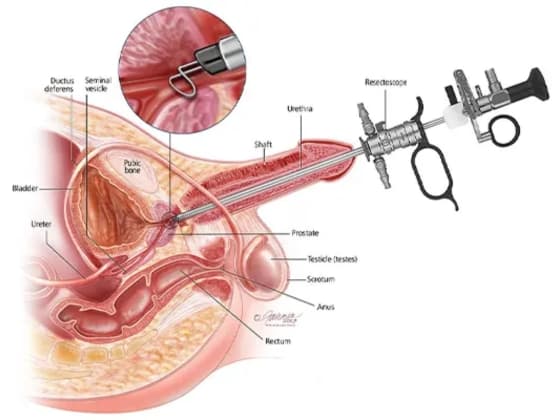
Description
Patients with long-standing kidney stones may develop urethral strictures—narrowing of the urethra—due to inflammation, infection, or the passage of stones. This can obstruct the flow of urine, cause pain, frequent urinary tract infections, and in severe cases, lead to kidney damage. OIU/VIU is performed to relieve this obstruction using a thin endoscopic instrument.
During the procedure, a fine endoscope is passed through the urethra to visualize the stricture. Using a special cold knife or laser, the narrowed segment is precisely incised to widen the passage. The procedure is typically done under spinal or general anesthesia and requires only a short hospital stay. A catheter may be placed temporarily to allow healing.
During the procedure, a fine endoscope is passed through the urethra to visualize the stricture. Using a special cold knife or laser, the narrowed segment is precisely incised to widen the passage. The procedure is typically done under spinal or general anesthesia and requires only a short hospital stay. A catheter may be placed temporarily to allow healing.
Conditions Treated
- Urethral stricture due to chronic kidney stones
- Stricture post-URS or catheterization
- Obstructed urinary stream
- Recurrent urinary tract infections
- Weak urinary flow or straining to pass urine
Tests and Treatments Offered
- Uroflowmetry
- Retrograde Urethrogram (RGU)
- Ultrasound KUB
- Urine Culture
- Optical Internal Urethrotomy
- Post-procedure catheterization and follow-up
Special Offer on Kidney Stone OIU/VIU
Actual Price
₹40,000
₹35,000/- Only
Estimated Stay: 1 Day
Book Appointment
How it works
Procedure and Process Treatment
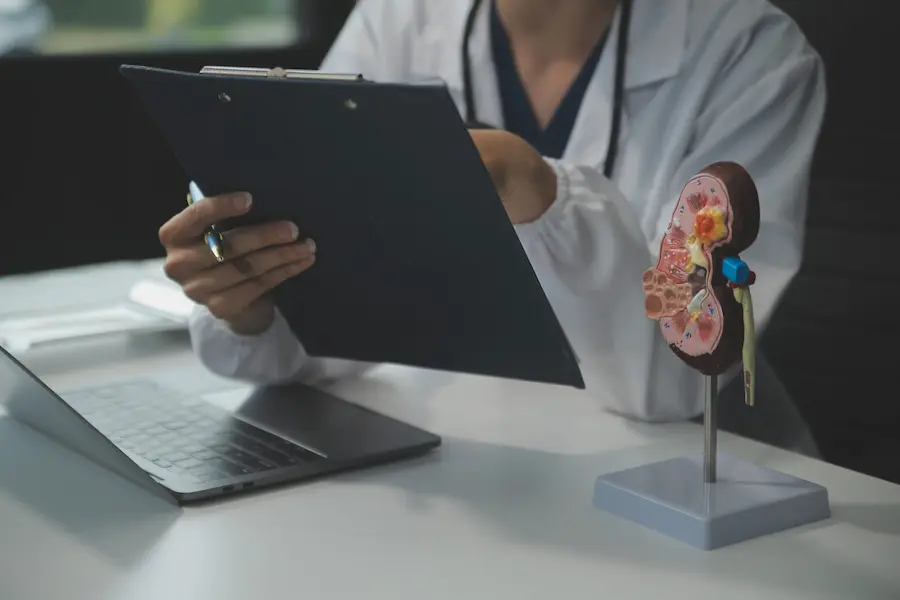
Diagnosis and Pre-Surgical Planning
Flow tests and imaging are done to locate and assess the severity of the urethral narrowing.
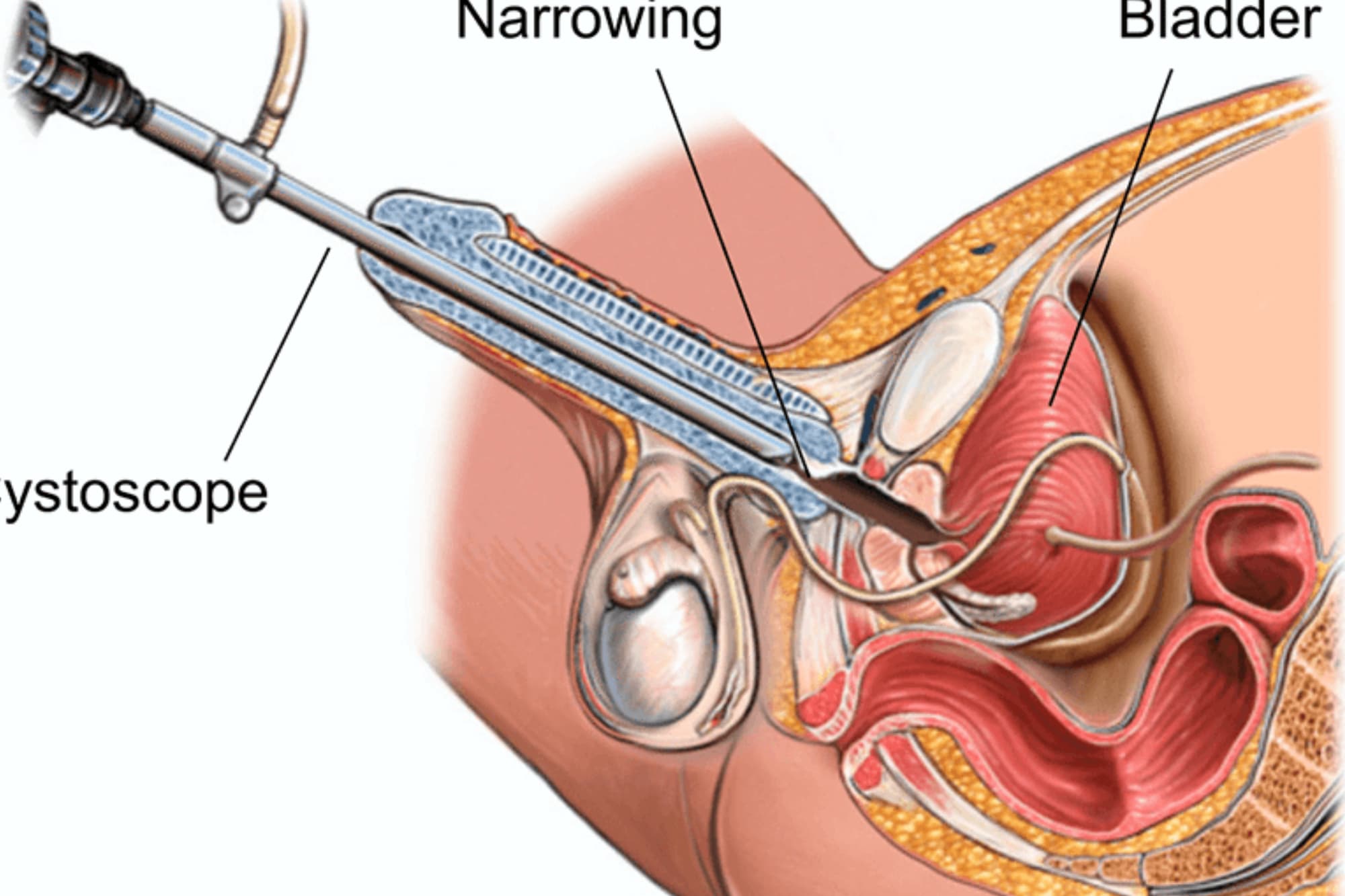
Endoscopic Urethrotomy
Using a urethroscope, the surgeon visualizes the stricture and makes a precise cut to open the passage.
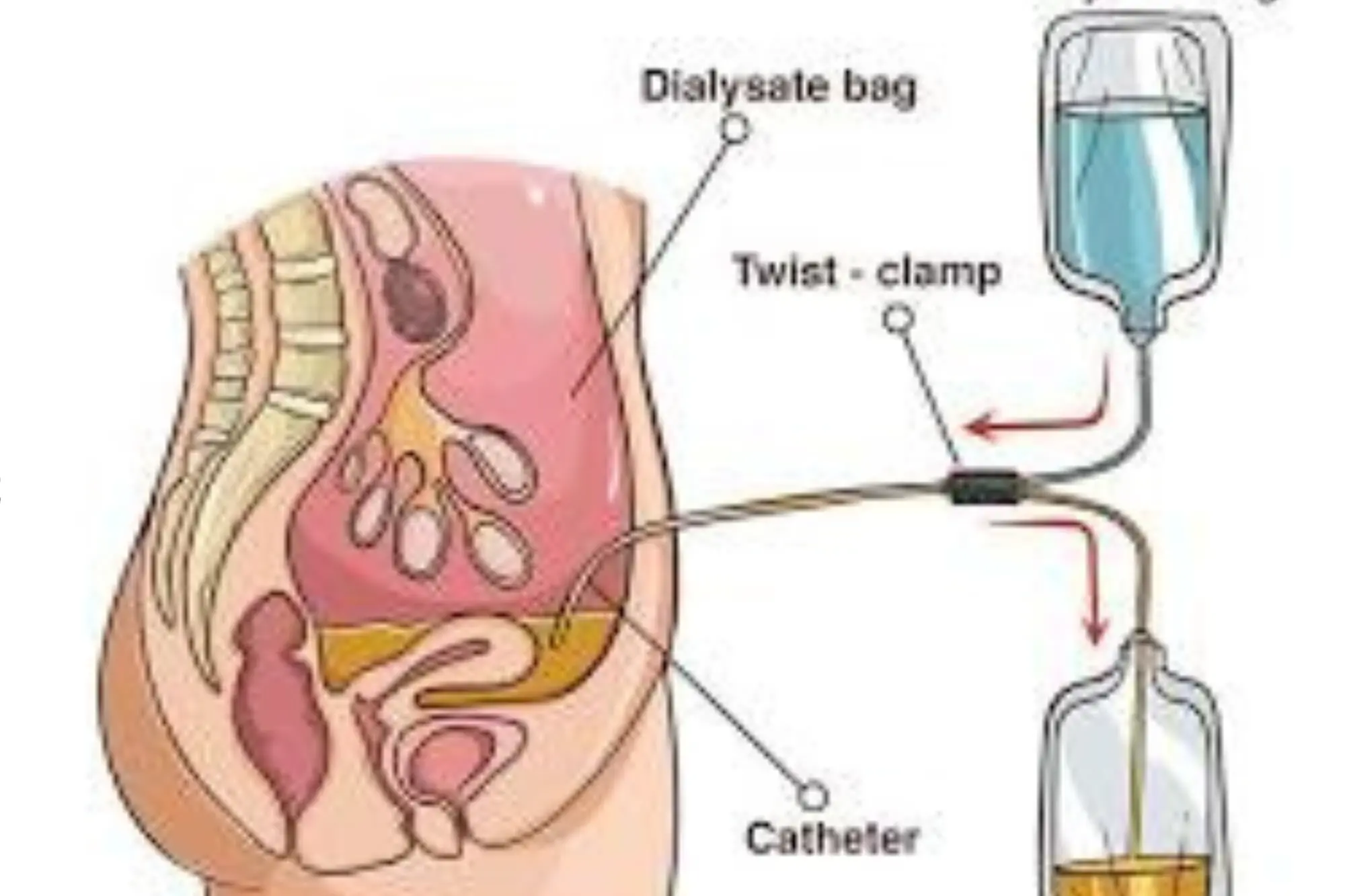
Catheter Placement and Recovery
A catheter is placed for 3–7 days to allow proper healing of the urethra without further trauma.

Follow-Up and Flow Assessment
After catheter removal, urine flow is reassessed and medications may be prescribed to prevent recurrence.
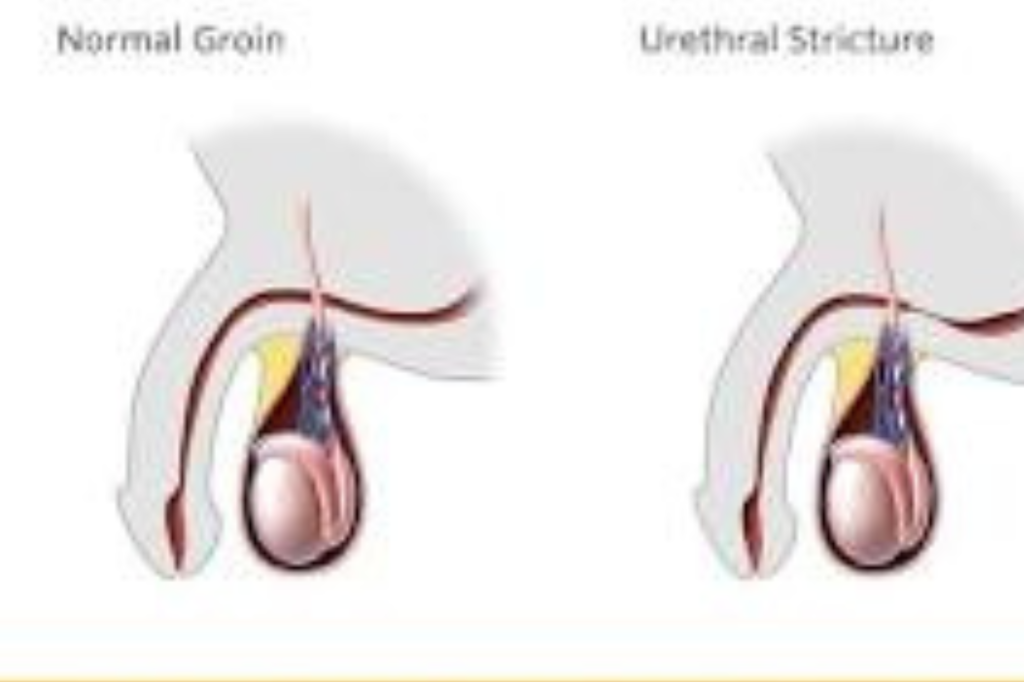
A Clear Path to Better Urine Flow
OIU/VIU is a reliable solution for urethral narrowing caused by chronic stone issues or past procedures. With expert care and timely follow-up, it restores comfort, reduces infection risk, and supports kidney health.
Frequently Asked Questions
Here’s what patients often ask before undergoing OIU/VIU:
The procedure itself is not painful as it is done under anesthesia. Mild burning or discomfort may occur temporarily after catheter removal.
Most patients resume light activities within 3–5 days after catheter removal, depending on healing.
Yes, strictures can recur in some patients. Regular follow-up and proper hydration can help reduce the risk.


